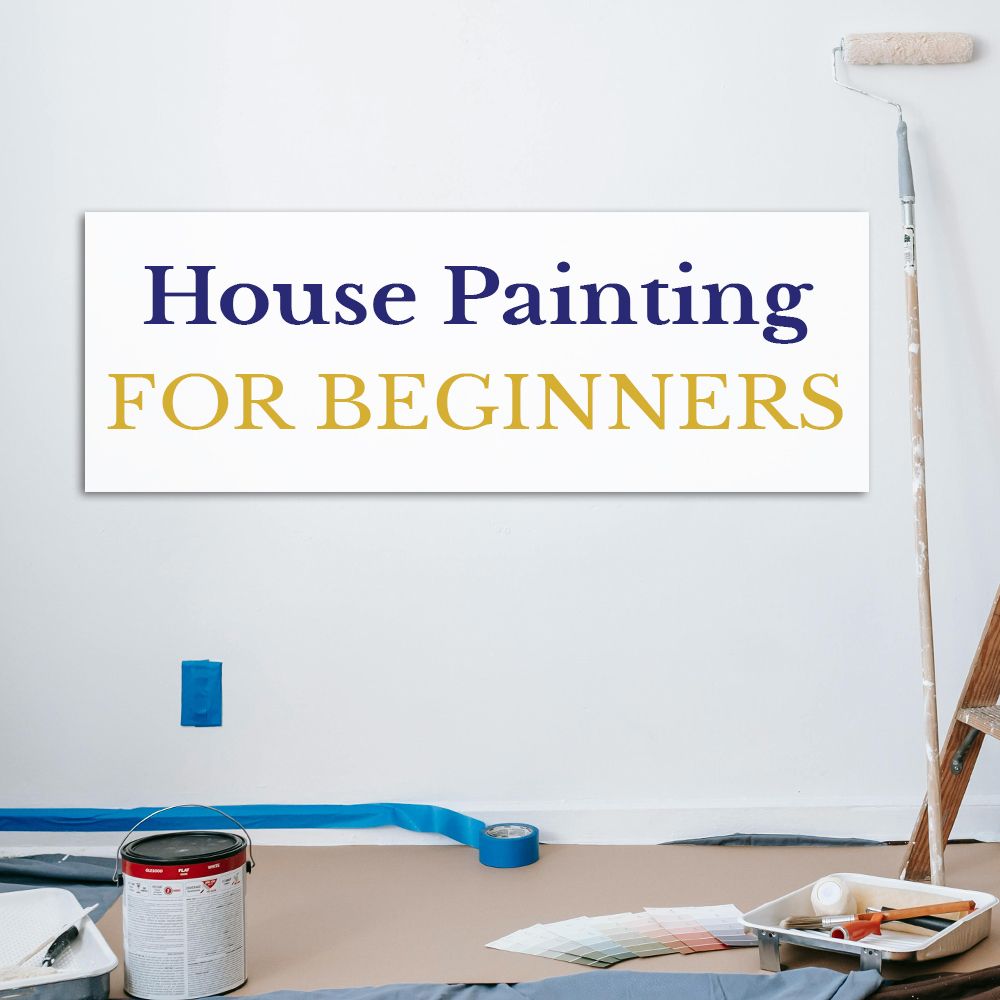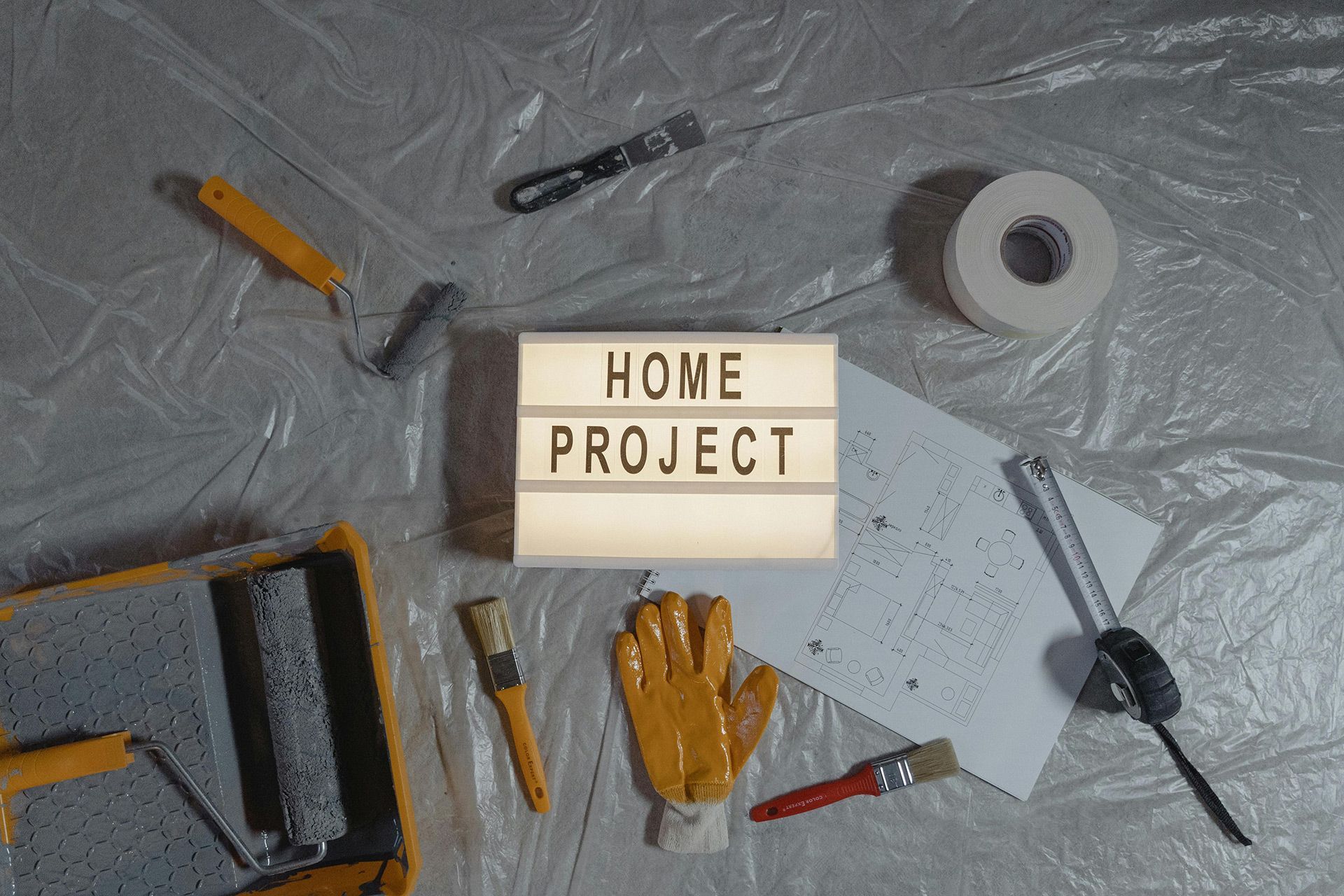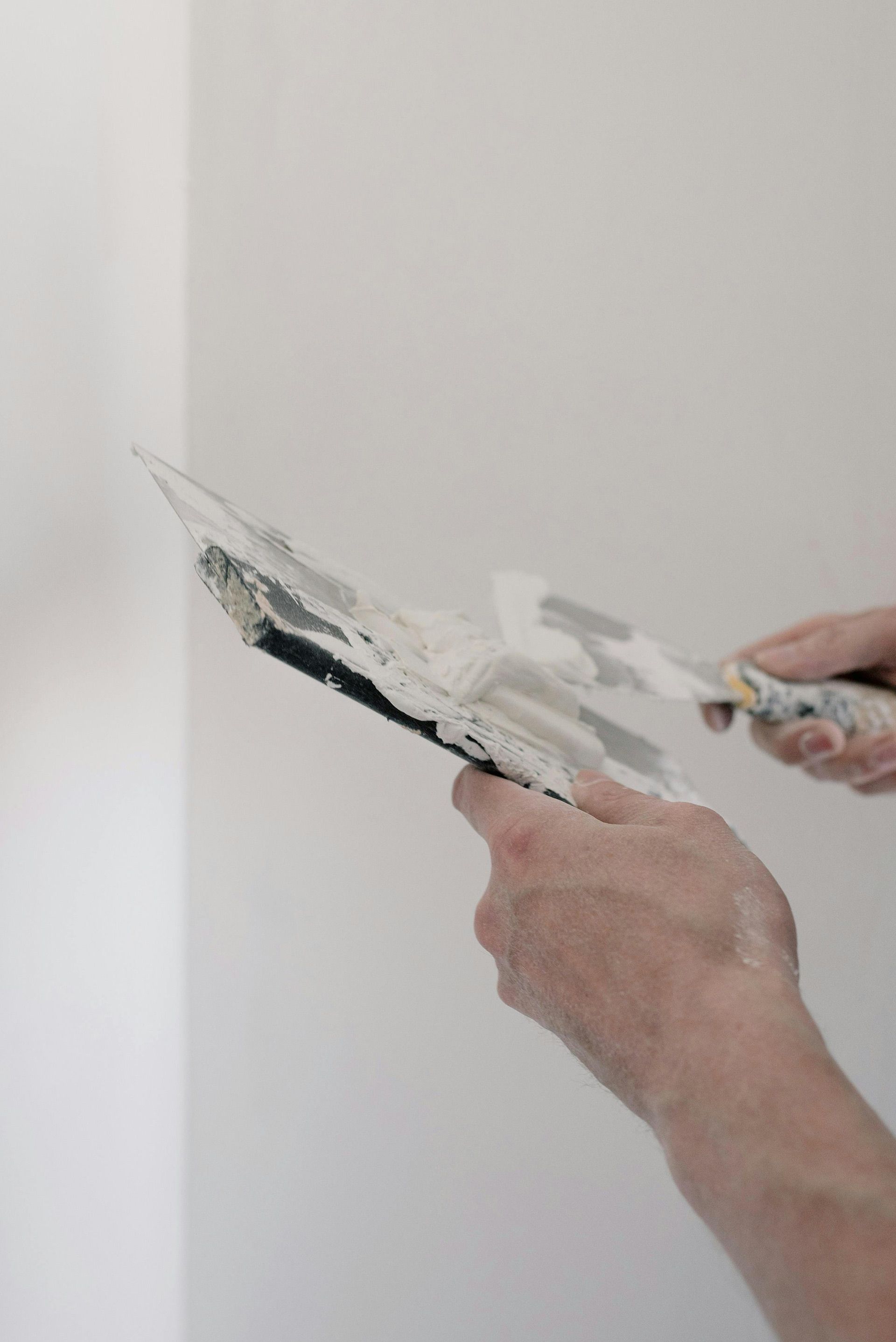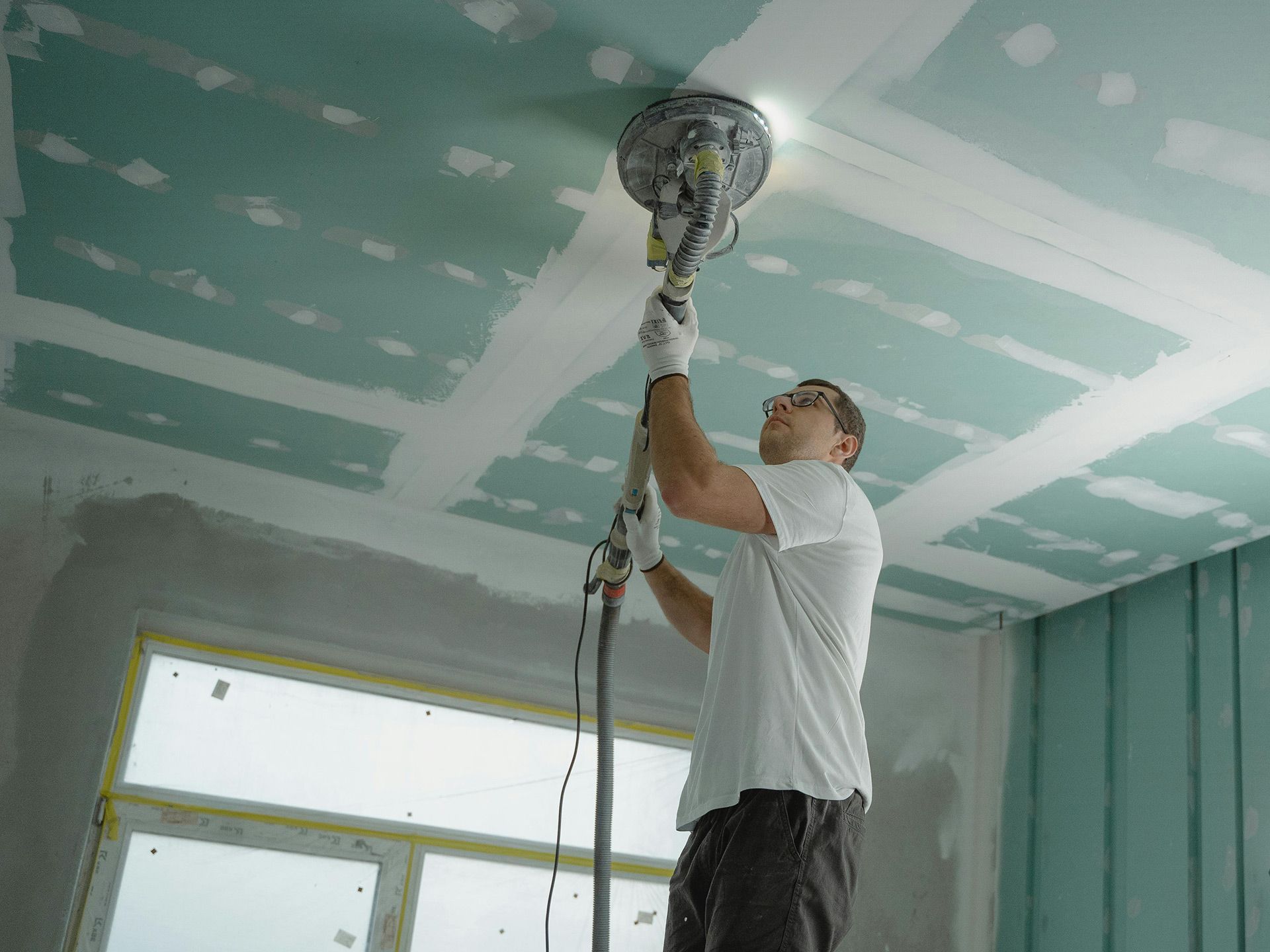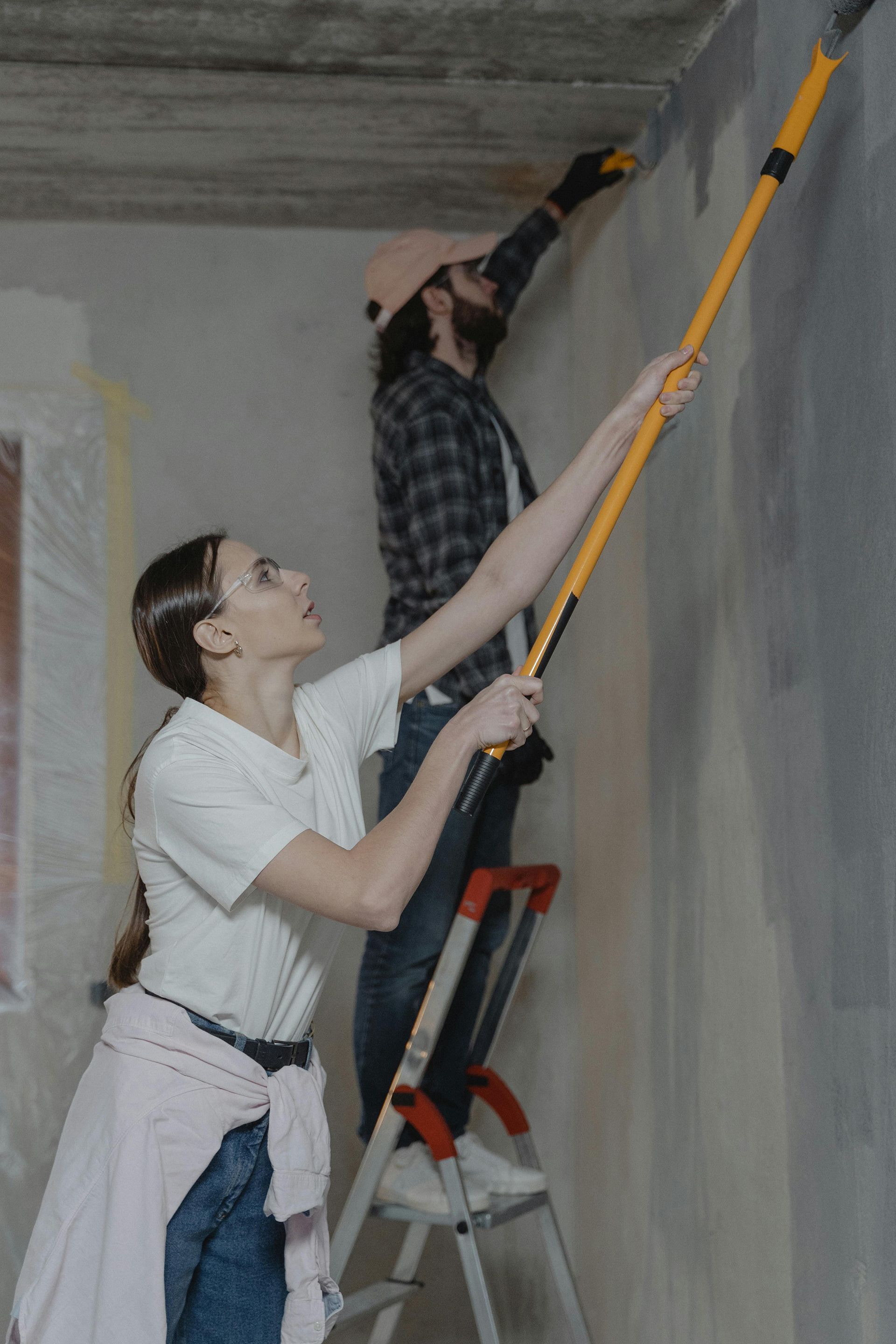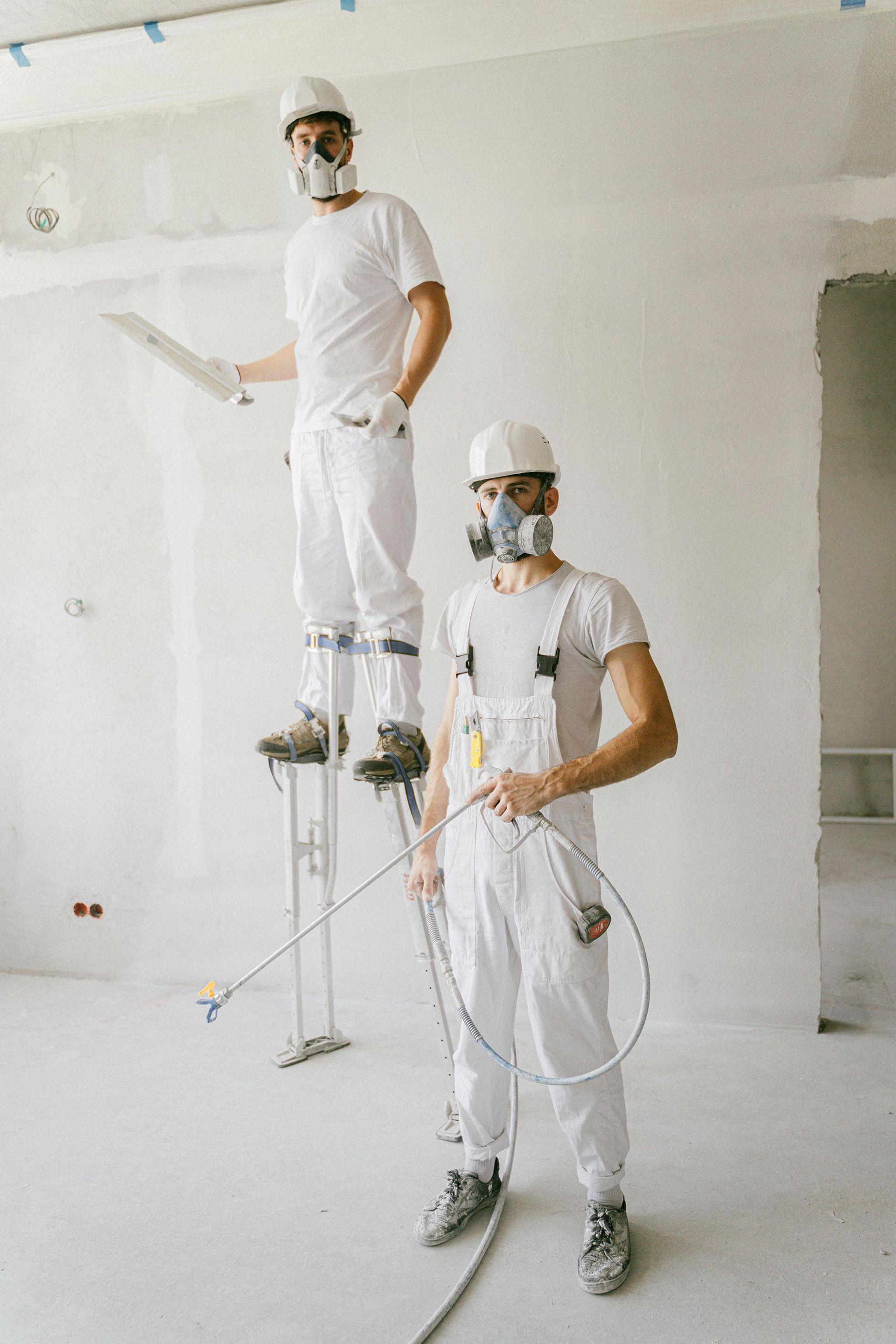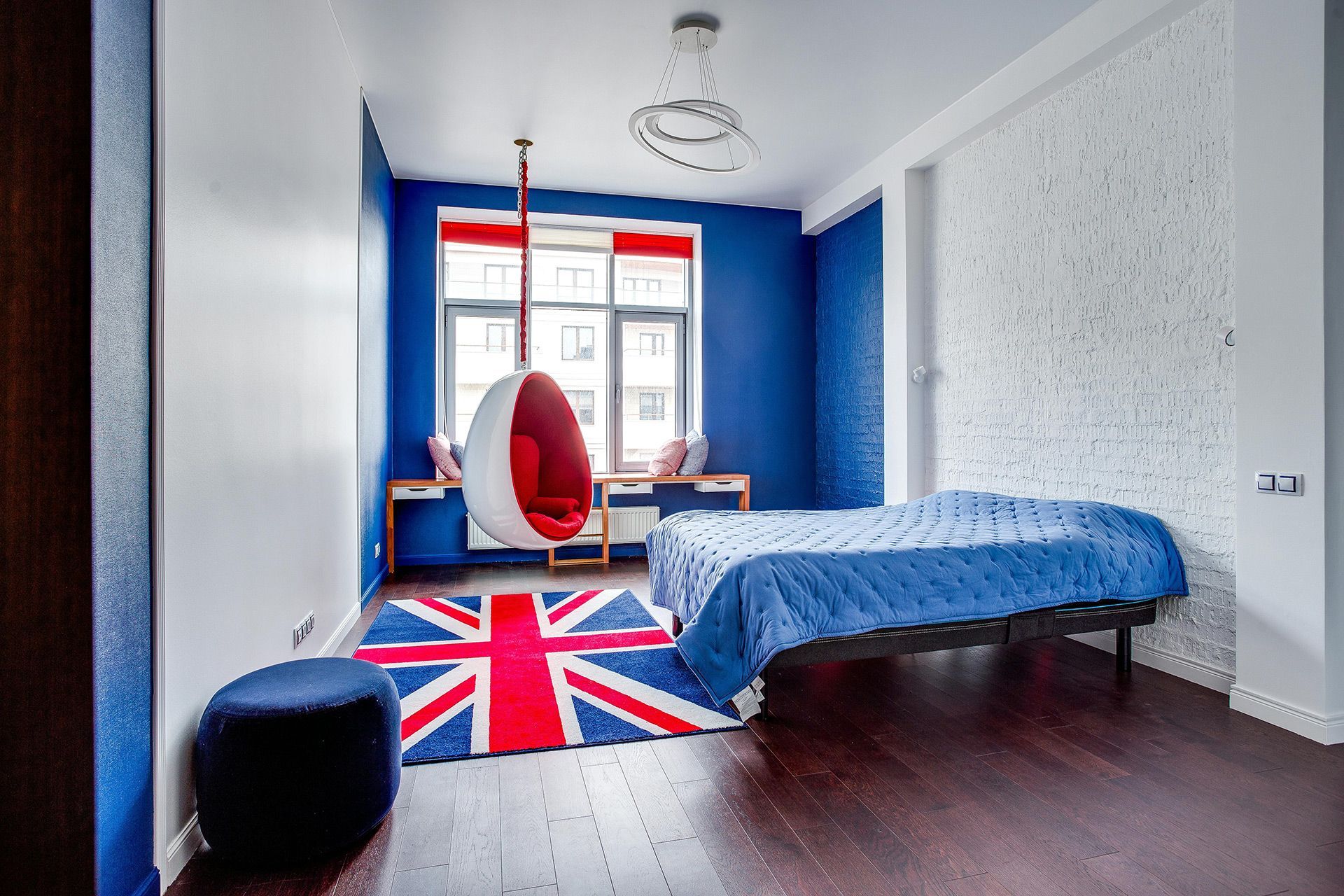How Plastering Is Done?
When it comes to home improvement, plastering often doesn't get the attention it deserves.
I believe that plastering is an essential part of maintaining and enhancing your home's interior and exterior.
Whether you're renovating a room or building a new extension, understanding how plastering is done can help you appreciate its importance.
Here, I'll take you through the basics, including the tools you'll need, the techniques involved, and why plastering is so crucial.
Why Is Plastering Necessary?
Plastering is not just about aesthetics; it plays a vital role in protecting and preserving your walls.
Proper plastering can prevent moisture penetration, reduce the risk of mould, and create a smooth, durable surface that's ready for decorating.
If you're wondering, "Will plastering a wall stop mould?”, the answer is yes, provided it's done correctly.
At Prestige Houses, we ensure that our plastering services help keep your home mould-free, warm, and comfortable!
What Plastering Tools Do I Need?
For those considering a DIY approach, knowing which tools are essential is the first step. Here's a list of the basic plastering tools you’ll need:
- Plastering Trowel: A high-quality trowel is indispensable. You might wonder, "Which plastering trowel is best?" For beginners, a stainless steel trowel with a comfortable handle is a good start.
- Hawk: Used to hold the plaster while you apply it to the wall.
- Bucket Trowel: For scooping plaster out of the bucket.
- Plasterers Float: Helps achieve a smooth finish.
- Mixing Bucket and Drill with Paddle Attachment: Essential for mixing plaster to the right consistency.
- Corner Trowel: Perfect for smoothing out internal corners.
Plastering for Beginners: Getting Started
If you're new to plastering, you may feel daunted by the process. However, plastering for beginners can be simplified by breaking it down into manageable steps.
Start by preparing the wall, remove any loose debris, fill in cracks, and apply a bonding agent if necessary.
Next, mix your plaster to a creamy consistency, ensuring it’s free from lumps. Apply the first coat evenly using a plastering trowel.
"How long between coats?” you may ask. Generally, you should wait until the first coat is touch-dry, usually around 20-30 minutes, before applying the second coat.
Plastering Without Plasterboard: Is It Possible?
Some people ask that, and yes, plastering without plasterboard is entirely feasible, especially for solid walls. In fact, many older homes in Southampton and Hampshire still have walls finished in this way.
While plasterboard provides a smooth surface, traditional plastering methods can still be used to achieve a flawless finish, particularly in period properties where maintaining original features is important.
Plastering with a Roller: A New Trend?
A common question we encounter is about plastering with a roller. While it might sound innovative, rollers are typically used for skimming, not traditional plastering.
Skimming involves applying a thin layer of finishing plaster to smooth an existing wall, whereas plastering usually refers to creating a surface from scratch, and we can advise on which is best for a project.
Plastering and Rendering: What’s the Difference?
While often used interchangeably, plastering and rendering have different applications. Plastering is typically for interior walls, providing a smooth surface for painting or wallpapering.
Rendering, on the other hand, is applied to external walls, offering protection against the elements and improving the building’s thermal efficiency.
At Prestige Houses, we provide both services throughout Southampton and Hampshire and surrounding areas, ensuring a property looks and feels its best, inside and out.
How to Choose the Right Professional for Plastering Work?
"Who does plastering work?" The answer is simple: a professional plasterer, like the experts at Prestige Houses. Choosing a professional ensures the job is done right the first time, saving you time, money, and potential headaches.
Our team has years of experience plastering overseas and then in Southampton, Hampshire, and the surrounding areas, delivering high-quality results on every project.
Conclusion
Plastering might seem like a straightforward task, but it involves a blend of skill, the right tools, and a deep understanding of materials.
Whether you’re tackling a small DIY job or planning a significant renovation, knowing the basics will help you make informed decisions.
At Prestige Houses, we’re here to help with all your plastering needs, offering expert services in Southampton, Hampshire, and beyond.
So, if you need assistance with plastering but also skimming, rendering or external wall insulation, don’t hesitate to contact us.
Get in touch today for a free quote and consultation. Let us bring your vision to life with our expert plastering services!

Jarek (Jay) Wójtowicz
Founder of Prestige Houses
With over 20 years of professional experience in plastering, rendering, painting and decorating.
Jay, along with his dedicated team, ensures every project is completed to the highest standard.
Thanks to his expertise and attention to detail, Prestige Houses is one of the leading plastering and rendering companies in Southampton, Hampshire, Dorset, or beyond.
Outside of work, Jay has a passion for travelling, archery, fishing, horse riding, and motocross.
These interests fuel his creativity and precision, qualities he brings to every project.
- 07375 343781

